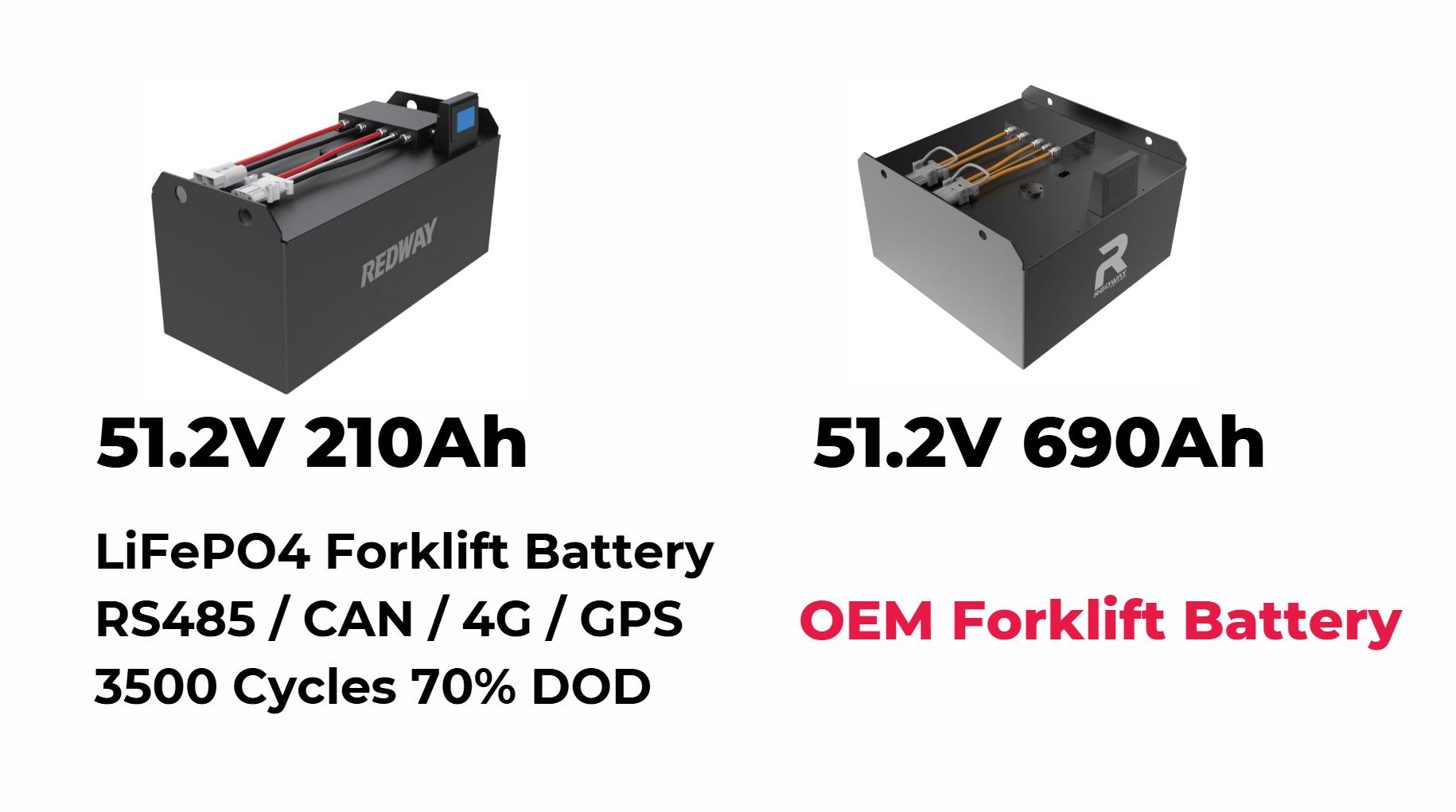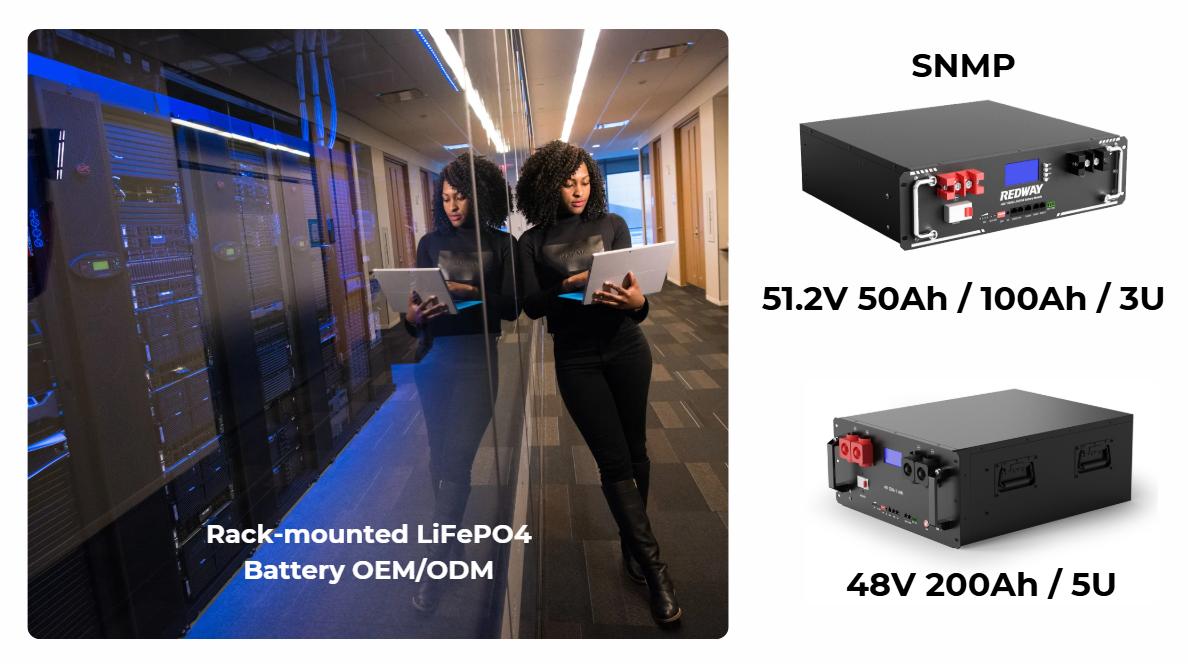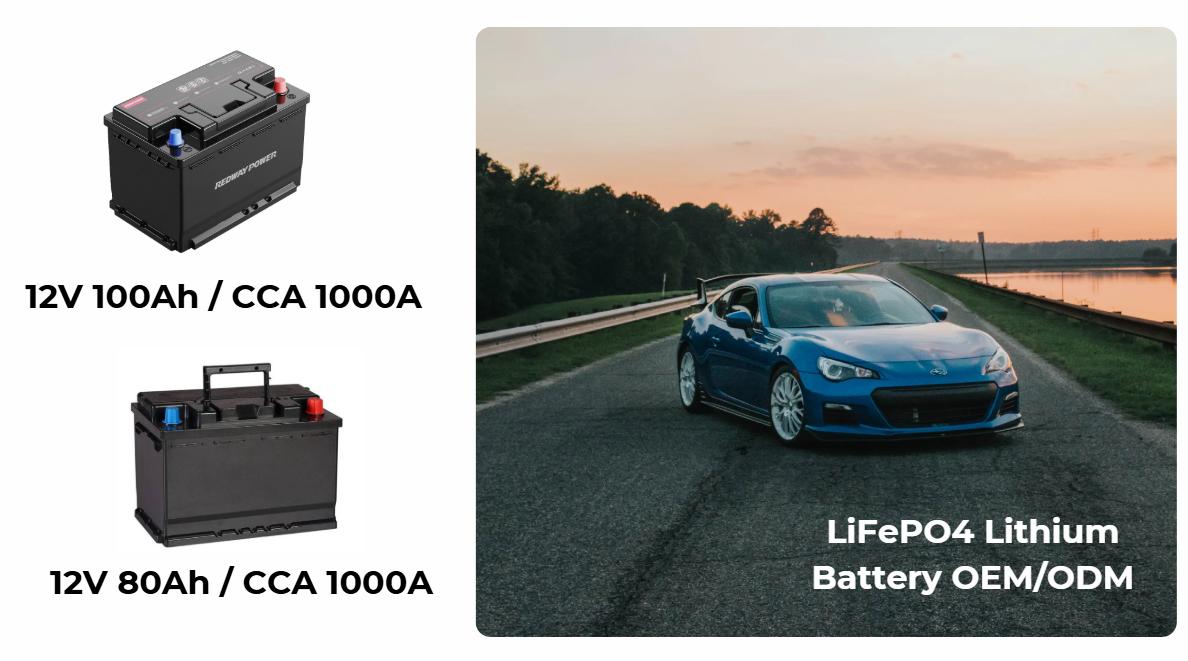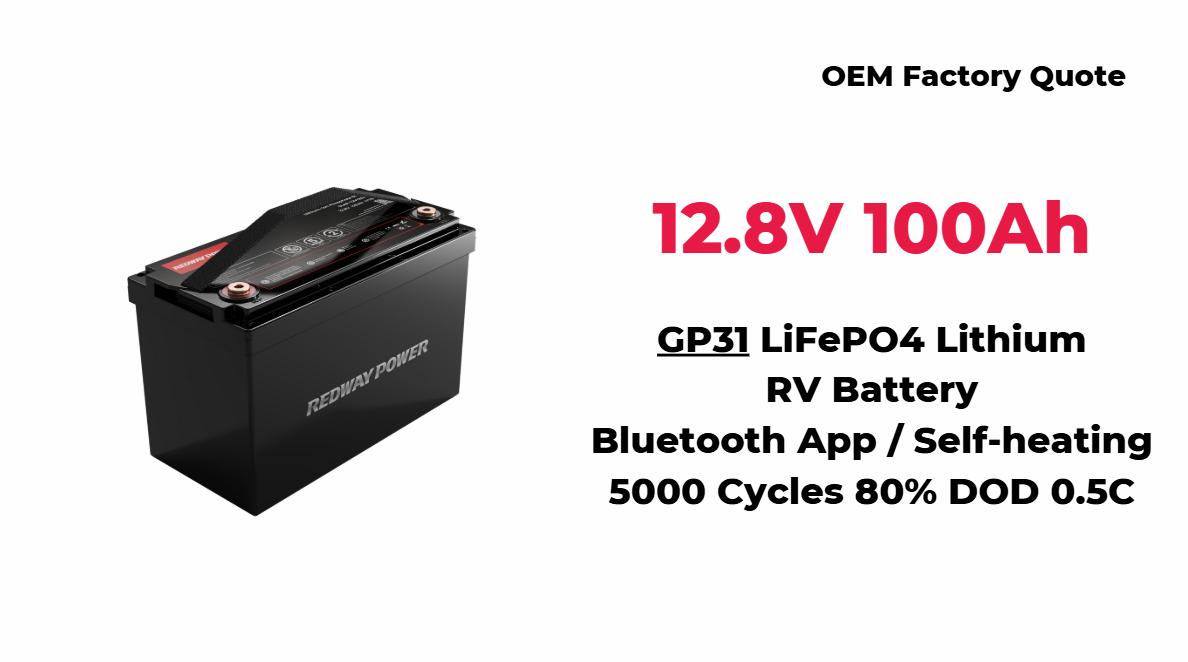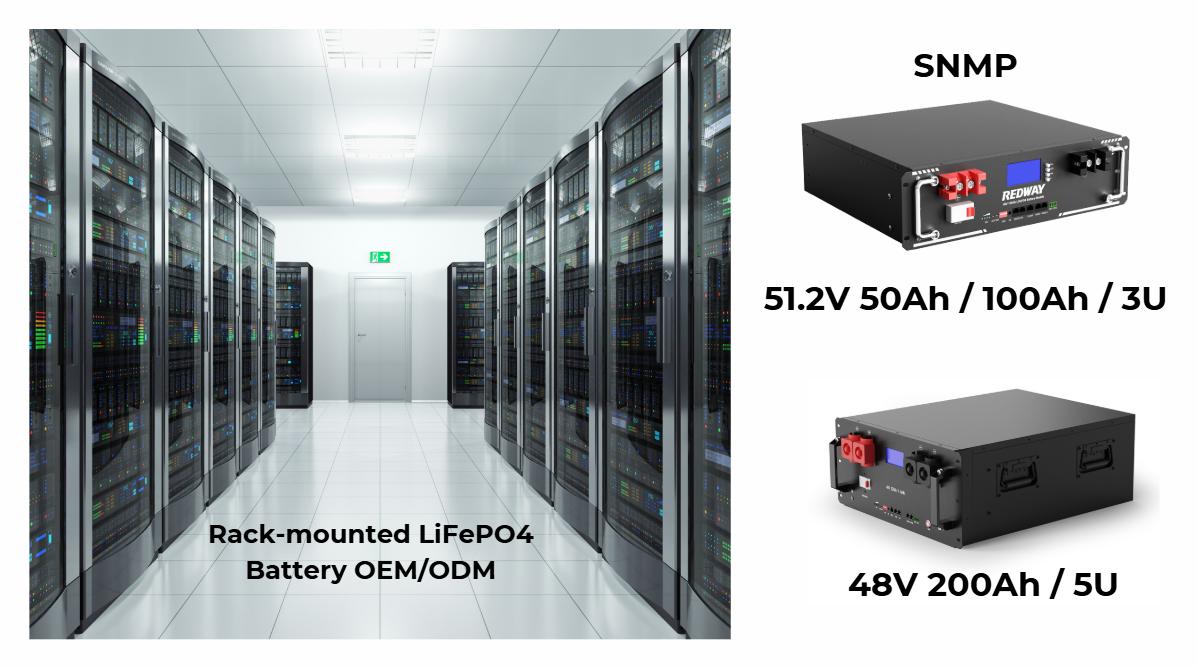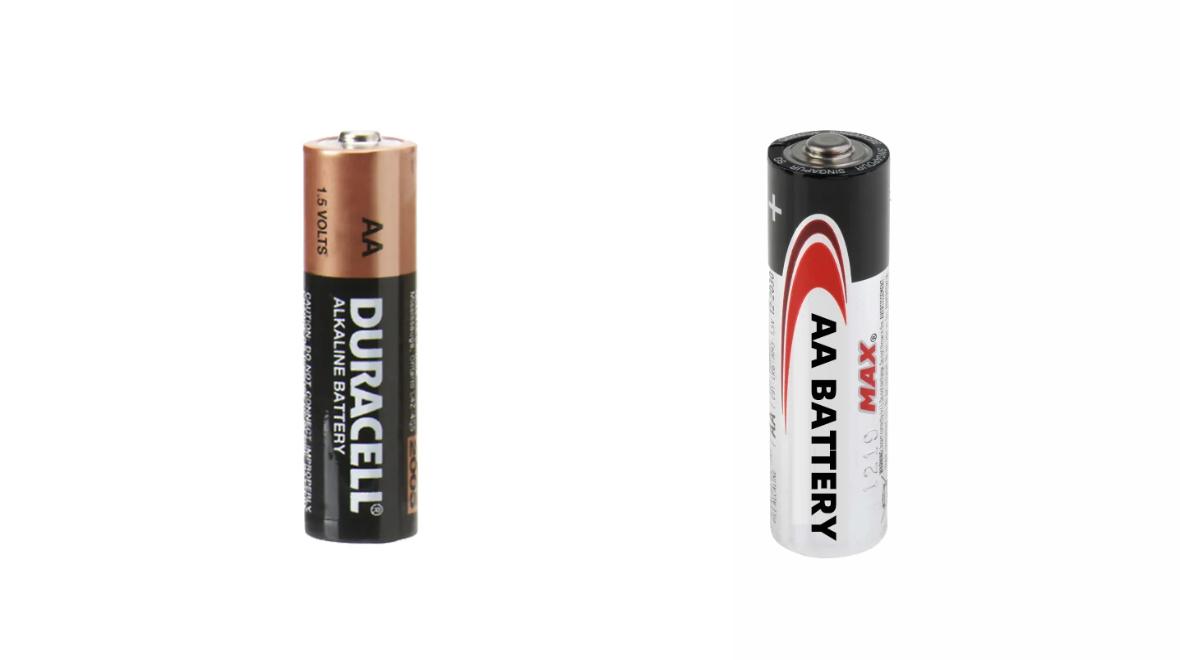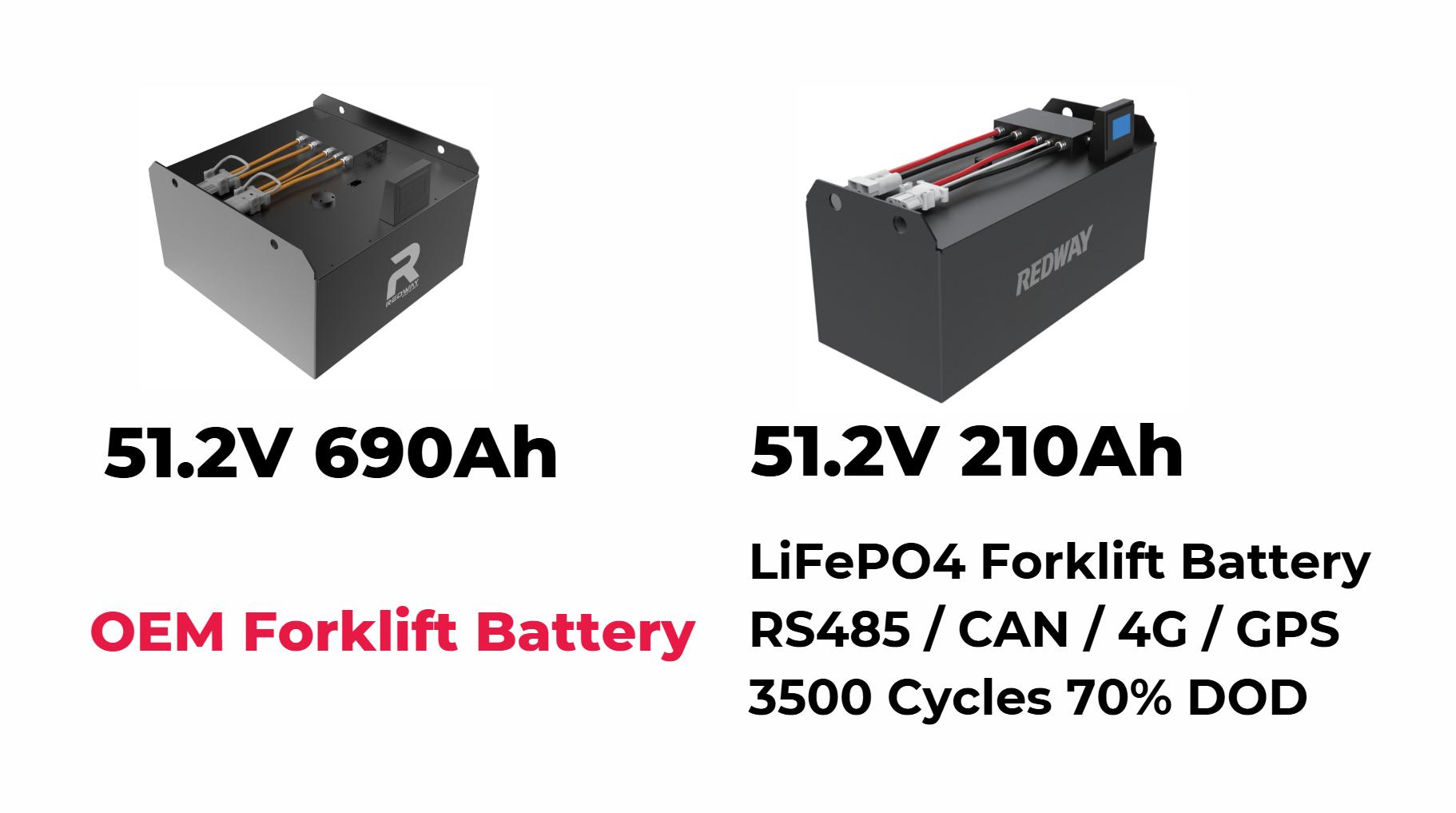What Are the Advantages of Connecting Inverters in Parallel?
Connecting inverters in parallel offers several advantages, including increased power output, enhanced reliability through redundancy, and improved system scalability. This configuration allows users to meet higher energy demands effectively while maintaining optimal performance. Also check: Which Is Better: Wiring Batteries in Series or Parallel?
Chart Title: Benefits of Connecting Inverters in Parallel
| Benefit | Description |
|---|---|
| Increased Power Output | Combines output from multiple inverters for greater capacity |
| Enhanced Reliability | Provides backup options if one inverter fails |
| Improved Scalability | Allows easy expansion as energy needs grow |
How Do You Properly Connect Inverters in Parallel?
To connect inverters in parallel, follow these steps:
- Ensure all inverters are compatible for parallel operation.
- Use appropriate wiring and connectors as specified by manufacturers.
- Connect all positive terminals together and all negative terminals together.
- Configure settings according to manufacturer guidelines.
- Test the system before full operation.
Chart Title: Steps for Connecting Inverters
| Step | Action |
|---|---|
| 1 | Check compatibility |
| 2 | Use proper wiring |
| 3 | Connect terminals |
| 4 | Configure settings |
| 5 | Test system functionality |
What Are Key Considerations for Installing Parallel Inverters?
When installing parallel inverters, consider factors such as load distribution, inverter ratings, and environmental conditions. Ensure that each inverter is rated appropriately for the total expected load and that they are installed according to local electrical codes.
Check: How Do You Connect Two Solar Inverters in Parallel?
How Does Redundancy Enhance System Reliability?
Redundancy is a key benefit of connecting inverters in parallel; if one inverter fails or requires maintenance, others continue operating, ensuring uninterrupted power supply. This feature is particularly valuable for critical applications where downtime must be minimized.
What Safety Precautions Should Be Taken When Connecting Inverters?
Safety precautions include ensuring all equipment is properly grounded, using circuit breakers or fuses for protection against overloads, and following electrical codes during installation to prevent hazards such as short circuits or fires.
Can Different Types or Brands of Inverters Be Connected in Parallel?
While it is technically possible to connect different types or brands of inverters in parallel, it is generally recommended to use identical models from the same manufacturer to avoid compatibility issues and ensure optimal performance.
What Common Mistakes Should Be Avoided During Installation?
Common mistakes include improper wiring connections, neglecting load calculations, failing to configure settings correctly, and overlooking safety precautions. These errors can lead to system inefficiencies or failures.
Conclusion
Connecting inverters in parallel is an effective way to enhance power capacity and reliability within solar power systems or other applications requiring inverter technology. By understanding the benefits and following proper installation practices, users can optimize their energy solutions effectively.
Expert Views
“Utilizing parallel inverter connections not only boosts system efficiency but also provides peace of mind through redundancy,” says an expert from Redway.
FAQ Section
- Can you connect multiple inverters together?
Yes, connecting multiple inverters together can increase overall power output and provide redundancy. - What are the advantages of using parallel connections?
Advantages include increased power capacity, enhanced reliability through redundancy, and easy scalability for future needs. - What should you consider when connecting different brands of inverters?
It’s essential to ensure compatibility; using identical models from one manufacturer is generally recommended for optimal performance.

